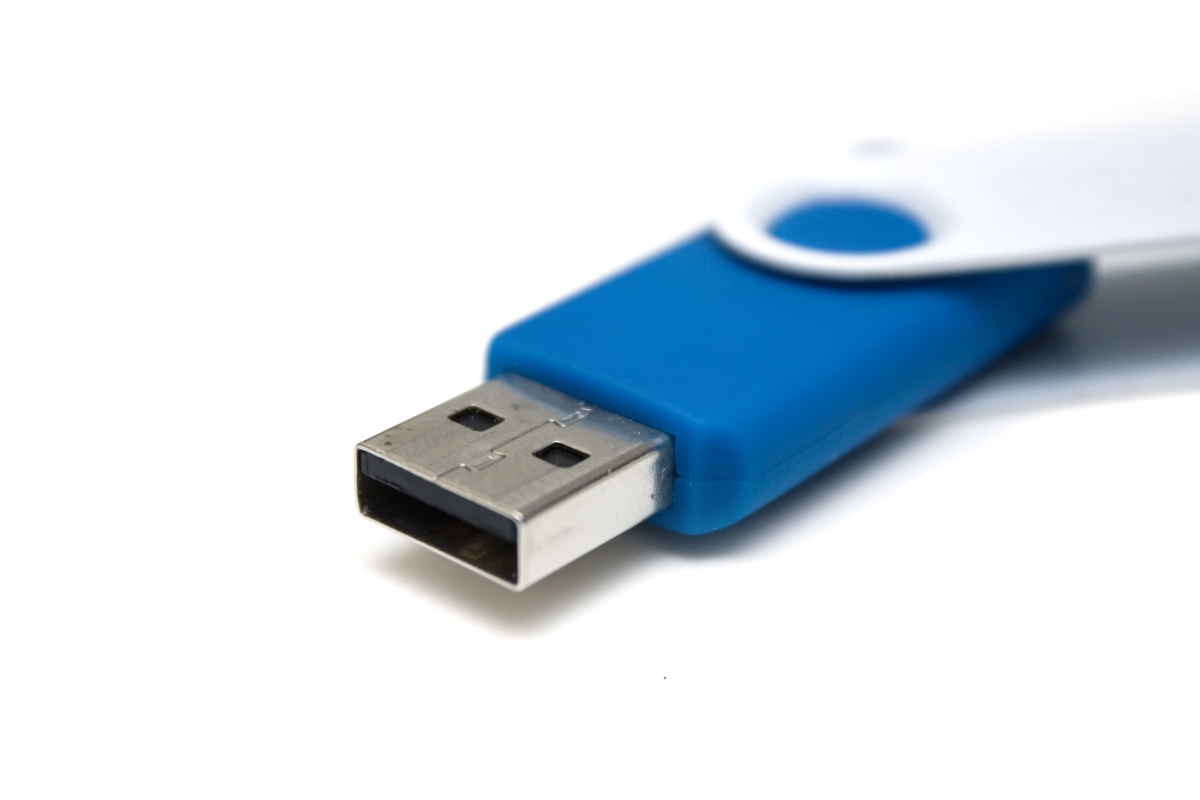When we think of avoiding malware, we’re often focussed on our online activities. However, this isn’t the only risk to consider.

USB sticks are a convenient way to store vast amounts of data, and allow for quick data transfer between computers without relying on the cloud. They’re cheap and ubiquitous, and many of us have dozens of them. We don’t often don’t even think twice about plugging in a friend’s stick to transfer some files.
A new joint study by Google, the University of Michigan and the University of Illinois performed an interesting social experiment, scattering USB sticks on the ground around campus at Urbana-Champaign. Surprisingly, 48% of the drives were snatched up.
The drives used all had a selection of sample files pre-loaded. Through these, researchers were able to see which USB drives were used and when these mysterious files were opened – some within mere minutes of being dropped.
This sort of blind trust of the public is certainly eye-opening when it comes to USB drives. Just like any other way of sharing files, they can be exploited and carry trojans, keyloggers or ransomware.
So, what are some Best Practices when it comes to using USB sticks? Read on to find out.
##1) If you don’t know where it comes from… don’t plug it in!## Finding a USB stick on the ground might seem like a lucky find, however it’s also a key tactic used by social engineers to spread malware quickly and directly. Don’t let curiosity be your downfall, and avoid plugging in flash drives you’ve found lying in public places.
##2) One for every purpose## Have separate USB drives for work, personal use and/or school use. This way, you can avoid the potential for cross-contamination, just in case the worst should happen.
##3) Stick with reputable brands## USBs are often used for promotional purposes, and cheap or free flash drives are a dime a dozen. Be aware, though, that some unscrupulous third party manufacturers can pre-load malware on their drives.
For the best security, you should stick to using reputable brands – for example: Kingston, SanDisk or Samsung. This way, you can be sure that you’re not getting anything you didn’t bargain for.
##4) Invest in a secure flash drive## Perhaps an overkill for home use, but for important purposes like work or school, you might want to consider purchasing a drive with safety features such as fingerprint authorisation, encryption or password protection.
Losing or misplacing USB drives happens all too frequently, and it’s always best to have extra safeguards to protect your data from prying eyes.
##5) Don’t leave personal data on your drive## Speaking of USB theft, many of us use USB drives to shift files to and from a machine that’s connected to a printer or scanner. Quite often, these files can contain a dizzying amount of personal information.
Ensure that you remove scanned passports, signed documents, drivers licenses and other forms of ID from your drive once you’ve transferred or printed them.
##6) Keep your malware protection up to date## It can be irritating, but keeping your anti-virus software up to date is key to maintaining a device that is safe to use. Ensure you’ve always got the latest updates, and don’t just assume the software will take care of it for you.
